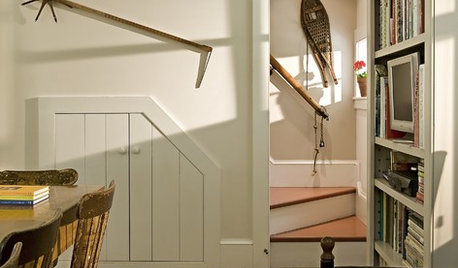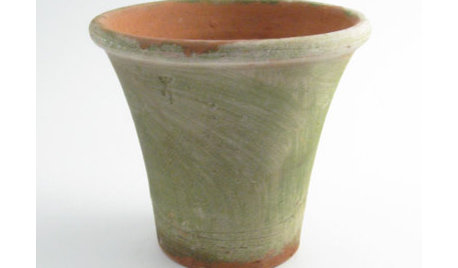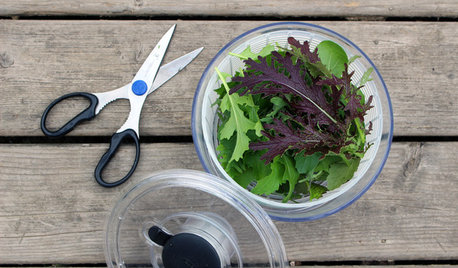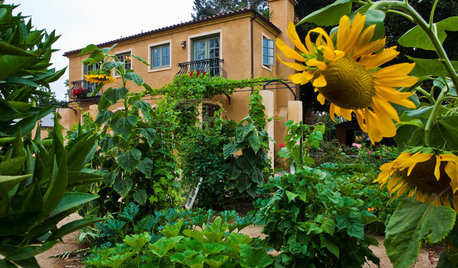Pitchfork or Garden Fork?
jugglerguy
12 years ago
Related Stories

DECORATING GUIDESOld Tools Come in Handy as Decor
Repurpose vintage wrenches, wooden pitchforks and even toolboxes as conversation-starting pieces for your home
Full Story
FRONT YARD IDEASBefore and After: Front Lawn to Prairie Garden
How they did it: Homeowners create a plan, stick to it and keep the neighbors (and wildlife) in mind
Full Story
GARDENING GUIDESGreat Design Plant: Anemone Canadensis Adds Pizzazz to Water’s Edges
Plant Canadian anemone along pond, lake or stream edges for a splash of white flowers in late spring
Full Story
GARDENING AND LANDSCAPINGGear Up for Gardening
These tools and supplies help your landscape look great in more ways than one
Full Story0

FARM YOUR YARDThe 8 Tools That Help Bring the Farm to Your Table
Vegetable gardeners get a big assist from these essential helpers
Full Story
GARDENING GUIDESTexas Gardener's October Garden Checklist
Earn a "free" bonus by dividing perennials, make planting a priority now for hardy growth next year and keep an eye on your lawn
Full Story
EDIBLE GARDENSHow to Grow Your Own Sweet Summer Crops
This guide will help any gardener get started on growing the freshest warm-season veggies and berries for summer
Full Story
REGIONAL GARDEN GUIDESTexas Gardener's April Checklist
Get your sowing and planting on — spring brings a tantalizing array of possibilities in the garden
Full Story
FARM YOUR YARDHow to Grow Vegetables in Containers
Get glorious vegetables and fruits on your patio with a pro’s guidance — including his personal recipe for potting mix
Full Story
REGIONAL GARDEN GUIDESSoutheast Gardener's February Checklist
Pinch, prune and prepare this month — springtime's riches in the garden will be here before you know it
Full StoryMore Discussions







vieja_gw
jugglerguyOriginal Author
Related Professionals
Milford Landscape Contractors · Tempe Landscape Contractors · Berkley Landscape Contractors · Broomfield Landscape Contractors · Cliffside Park Landscape Contractors · Goodlettsville Landscape Contractors · Long Branch Landscape Contractors · Porterville Landscape Contractors · Vashon Landscape Contractors · Wallingford Landscape Contractors · Hershey Decks, Patios & Outdoor Enclosures · Houston Decks, Patios & Outdoor Enclosures · Kyle Decks, Patios & Outdoor Enclosures · Monroe Decks, Patios & Outdoor Enclosures · Westford Decks, Patios & Outdoor Enclosuresctnchpr
shebear
feijoas
schrebergaertner
Kimmsr
cheapheap
novascapes
jugglerguyOriginal Author
jugglerguyOriginal Author
drmbear Cherry